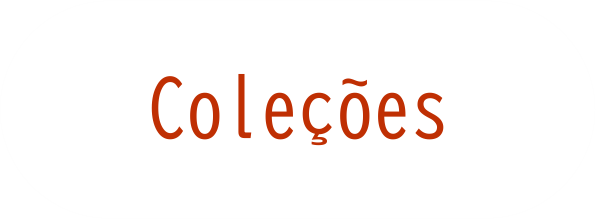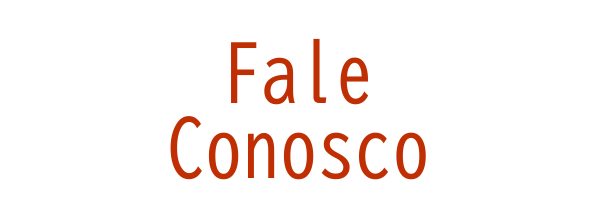Genomic analysis of detoxification genes in the mosquito Aedes aegypti.
Autor(es): Strode Clare; Wondji Charles S; David Jean-Philippe; Hawkes Nicola J; Lumjuan Nongkran; Nelson David R; Drane David R; Karunaratne S H P Parakrama; Hemingway Janet; Black William C; Ranson Hilary
Resumo: Annotation of the recently determined genome sequence of the major dengue vector, Aedes aegypti, reveals an abundance of detoxification genes. Here, we report the presence of 235 members of the cytochrome P450, glutathione transferase and carboxy/cholinesterase families in Ae. aegypti. This gene count represents an increase of 58% and 36% compared with the fruitfly, Drosophila melanogaster, and the malaria mosquito, Anopheles gambiae, respectively. The expansion is not uniform within the gene families. Secure orthologs can be found across the insect species for enzymes that have presumed or proven biosynthetic or housekeeping roles. In contrast, subsets of these gene families that are associated with general xenobiotic detoxification, in particular the CYP6, CYP9 and alpha esterase families, have expanded in Ae. aegypti. In order to identify detoxification genes associated with resistance to insecticides we constructed an array containing unique oligonucleotide probes for these genes and compared their expression level in insecticide resistant and susceptible strains. Several candidate genes were identified with the majority belonging to two gene families, the CYP9 P450s and the Epsilon GSTs. This 'Ae. aegypti Detox Chip' will facilitate the implementation of insecticide resistance management strategies for arboviral control programmes.
Imprenta: Insect Biochemistry and Molecular Biology, v. 38, n. 1, p. 113-123, 2008
Identificador do objeto digital: https://doi.org/10.1016/j.ibmb.2007.09.007
Descritores: Aedes aegypti - Genome ; Aedes aegypti - Pathogenesis ; Aedes aegypti - Proteins ; Aedes aegypti - Dengue
Data de publicação: 2008








